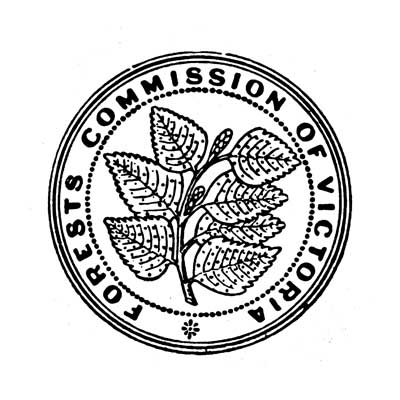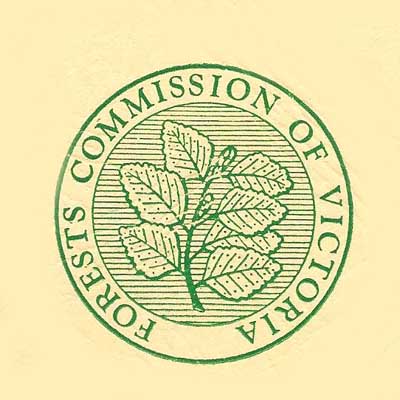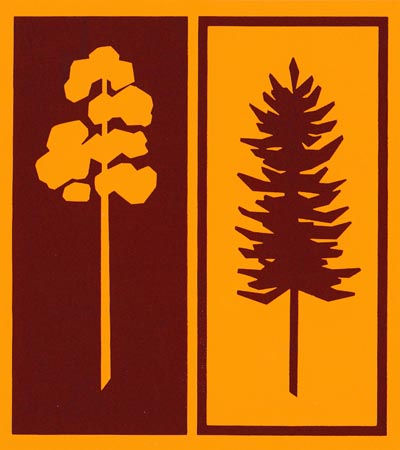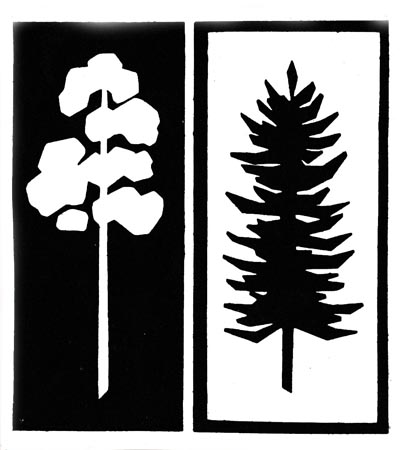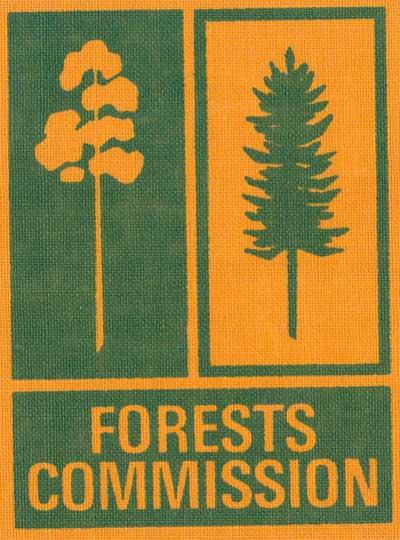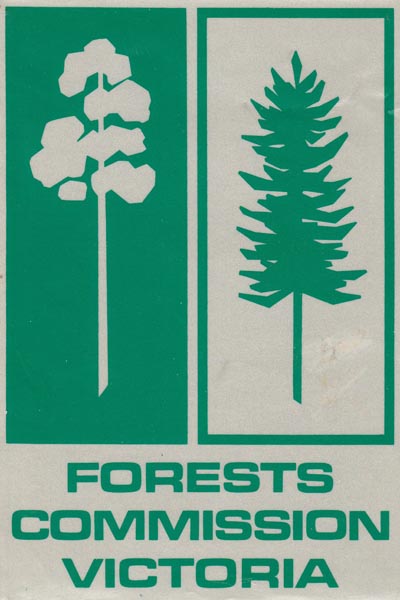FCV Organisation Before 1958
The then Chairman, AO Lawrence instituted a major reorganisation of the FCV in about 1958. That reorganisation, which was to form the basis of the Commission's management structure until the FCV's demise in 1983/84, saw the integration of the Plantation and Native Hardwood management structures. The general management structure in 1928, which appears to have been largely maintained until 1958, was outlined in 1928.
- indigenous forests
- plantations
- research
The indigenous forests are divided into 52 districts, each under a District Administrative Officer who is a Chief Forester, Forester, or Assistant Forester, according to the importance of the district. These are grouped into five separate divisions, each under a Divisional Inspector and a Divisional Working Plans Officer, the former being responsible for organization, discipline, and protection, and the latter for the preparation, revision, and keeping up to date the forest working plans. In charge of these is the Chief Inspector and Chief Working Plans Officer, who are directly responsible to the Commission for the work of the executive and working plans branches respectively.
Similar organization exists with respect to the plantations. Each plantation is under the supervision of a Plantations Officer, who works in accordance with working plans drawn up by the Plantations Working Plans Officer under the direction of the Superintendent of Plantations, who in turn is directly responsible to the Commission. The selection of the personnel necessary for the scheme outlined above requires great care, and it is probable that some little time will elapse before all the positions are filled.
With regard to research, selected officers are appointed from time to time to carry out investigative work in the laboratory or field, and as a previous training are sent to the University to qualify them for the work."
The extracts above are from Handbook of Forestry in Victoria, 1928. This document is more than worth a read if you wish to understand the state of our forests at that time, and the management activities being undertaken to improve their condition. There is also a map available, via this page, that shows the organisation as it was, and considerable detail about the extent of different forest types.
Alan Eddy talks about the Native Plantation split in a part of his story.
"The Commission’s field and head office administration distinguished between forest districts embracing the hardwood forests and the plantations branch responsible for softwood and hardwood plantations. In these ‘heartbreak hills’ the Commission had launched the South Gippsland Reafforestation Scheme some years earlier, and was planting up abandoned and purchased farmland, mainly with radiata pine. The officer in charge, Derrick Rolland, had an office and depot next door to the Forest Office. He and I had been students at Creswick for the same three years. The two establishments had adjacent frontages to the main road. The dividing fence which ran down to the back street was a border not to be crossed without good reason. There was a separate letter box at each street fence. Alan Galbraith proclaimed, ‘We are the Forests Commission; they are Plantations.’
Plantations had a proper office of several rooms, an office assistant, and a petrol bowser. We pumped petrol from a 44-gallon drum, but had the 100 watt radio transmitter to VL3AA Melbourne. Derrick had personal permission to go into the Forest Office at weekends to use the radio to get the weather forecasts. In those days staff received no payment for overtime for fire standby or for firefighting. We were paid by the year and worked by the year."
And finally, in 2018 Roger Smith (whose father worked in both parts of the organisation at various times) said:
"My own limited experience of a handful of districts up to 1956 lead me to conclude that the Plantations section of a forest district operated with a fair degree of autonomy. For example, the Plantations section had its own office, its own garage, and its own implement and equipment shed all geographically apart from the District headquarters and appeared to supervise its own labour force as well. Many administrative functions were performed in the main District office as well as fire fighting and overall fire management.

